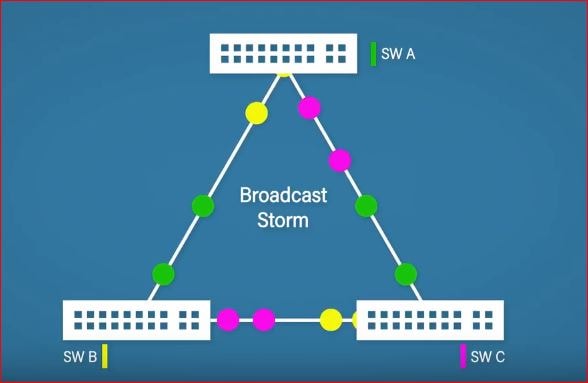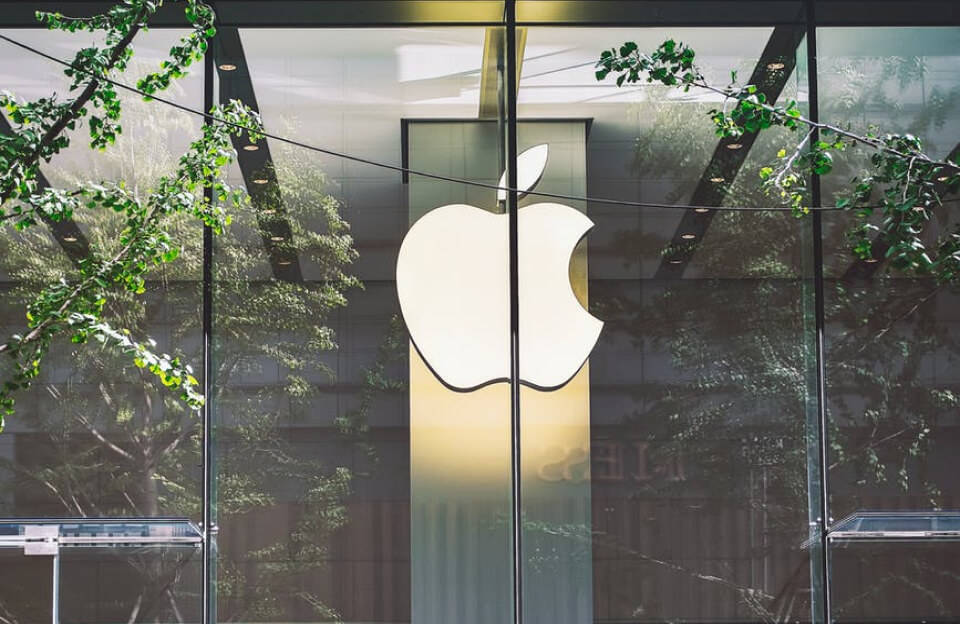Explain Network Protocol Security Model in Cryptography – It takes an amazing amount of software and hardware working together to make a network function. So the challenge to all of this is that if you have different pieces of software and hardware they don’t have to be able to talk to each other and interact and able to make your network go.
You don’t have a network card from 3Com and you might be running a Windows 8 operating system and all of these devices have to work together. To help make inter-connectivity work they came up with something a long time ago called the OSI seven-layer model.

OSI Seven-Layer Model
The OSI seven-layer model is seven distinct functions that a network must do. Now the OSI is being supplanted with something called the TCP model. Basically there’s no real bottom or top but I tend to look at it at the bottom which is your most basic part which is what we call the physical layer.
Also read: Computer Network Topologies And Technologies – CompTIA
Physical Layer
The physical layer is, that’s like the easiest part of the OSI seven-layer model. It’s just what type of cables do I use and things like that. Network Protocol Security
Data Link Layer
Data Link Layer is a little bit more important. Basically anything that works with a MAC address works at the data link layer. So when we’re talking about data link we start talking about things like the network cards themselves, start talking about switches things like that.
Network Layer
The third layer is the network layer. Now the network layer is important because the network layer has to do with logical addresses. So when you see the network layer you’re talking about IP addresses. So things like routers in particular work at Layer 3.
Transport Layer
The next layer up is the transport layer – kind of interesting. Data is big and the actual chunks of data that go through a network are relatively small. So there has to be a assembly disassembly area for data as it gets broken down into individual packets and that’s what the transport layer is all about. The transport layer not only disassembles packets but make sure the packets get to the other system in good order.
Session Layer
Session Layer: When we work at a session layer here we’re talking about the actual connection between two systems. Are we making a TCP connection between a web server and a web client? Are we just sending email? Are we sharing a folder between two computers on a local network? And it’s the session layer that defines what’s taking place in terms of how that connectivity really works.
Presentation Layer
The presentation layer is old and weird, but since it is on the OSI we need to at least make a quick mention of it. Just because a big chunk o data comes into your computer does that necessarily mean that this data is in a form that your computer can read it.




